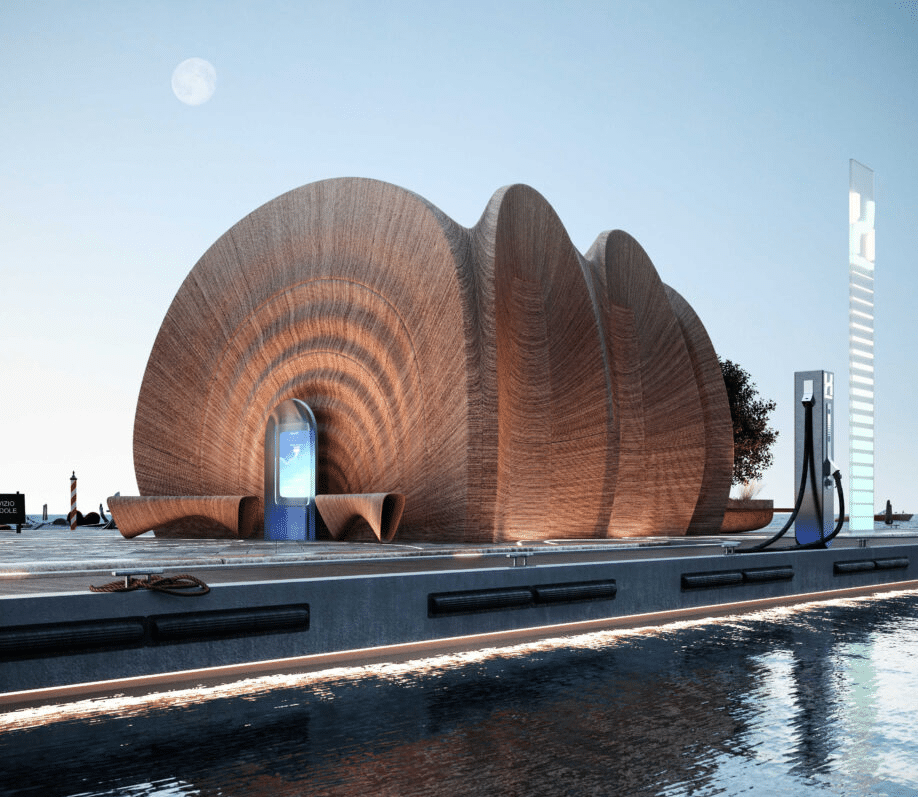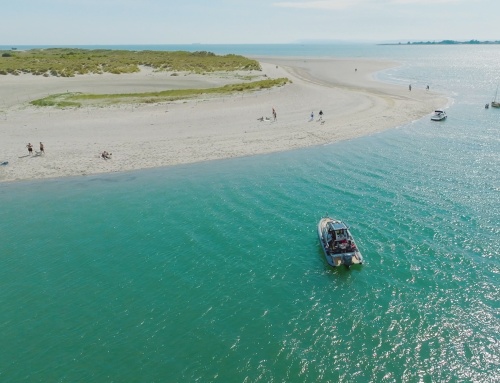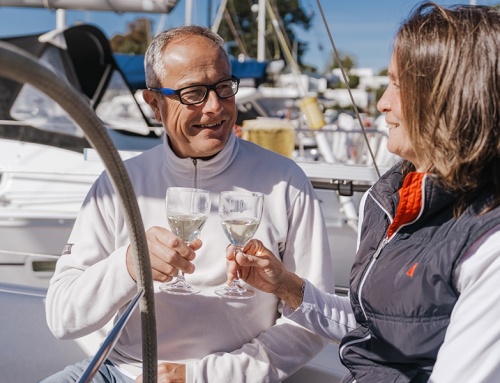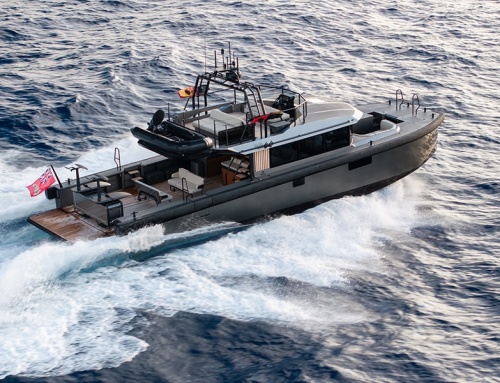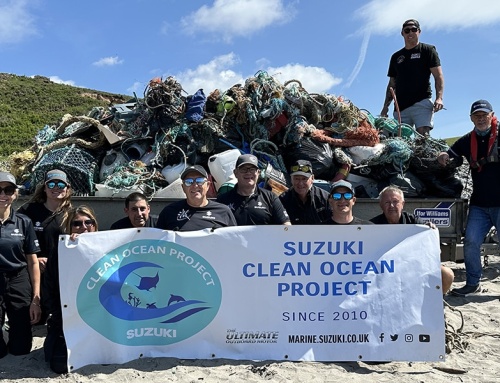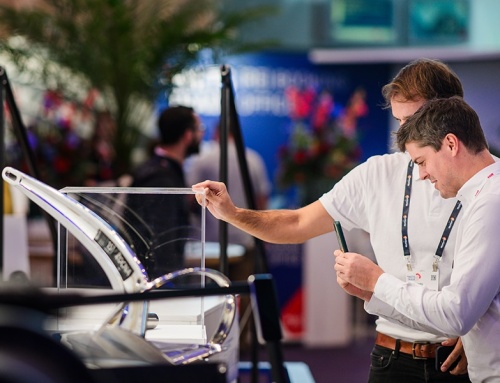As reported on in, ‘Travel Tomorrow’, the first green hydrogen refuelling station for recreational boating should open in Italy this summer, with an infrastructure of 100 refuelling stations to be deployed by 2030.
The €100 million project is being developed by NatPower H, a company of the NatPower Group, and already involves 25 Italian marinas and ports in which the stations will be built by Zaha Hadid Architects. NatPower H CEO Andrea Minerdo, stated. “Despite having just started the project, we already have a pipeline of 25 agreements with Italian marinas and ports which will allow us to start the creation of a widespread network of hydrogen refuelling stations globally.”
Produced with wind, solar and other renewable energy infrastructure, green hydrogen is converted into a stable, natural resource using NatPower H technologies to meet the ever-increasing global demand for sustainable sources of power. The 100 refuelling stations deployed throughout the Mediterranean by 2030 will deliver up to 3,650 tonnes of green hydrogen annually, eliminating approximately 45,000 tonnes of greenhouse gas emissions from the Mediterranean’s recreational boats every year.According to the developers, the project is based on three key principles: safety, scalability and sustainability.

© Zaha Hadid Architects, render by Tecma Solutions
The stations will supply hydrogen using proven RINA PED certified low-pressure metal hydrides technologies for marine applications that ensure compactness, safety and resilience in compliance with industry regulations and certifications together with a meticulous focus on circularity and the protection of marine ecosystems.
NatPower Group CEO, Fabrizio Zago, explained. “We believe that hydrogen represents one of the most effective solutions to boost the energy transition of the entire pleasure boating and yachting sector. In particular, the use of hydrogen as an energy carrier, through fuel cells and electric motors, is proving to be one of the most promising options, offering optimal performance while respecting the environment.”
Drawing on ZHA’s research into modular systems, the design is adaptable to the many varied locations throughout the Mediterranean, enabling a customized configuration for each refuelling station based on specific local needs such as overall size, seating, bike charging facilities and the pedestrian circulation within each port and marina.
“ZHA’s hydrogen refuelling stations will be built with low-energy, unreinforced digital concrete. With structural strength arising from geometry rather than engineered materials, we have found a link between the established past of ancient building techniques and advanced sustainable and circular technologies”, said Filippo Innocenti, Director of Zaha Hadid Architects.
Using 3D robotic material placement to create the segments of each structure, the stations are fully recyclable, dry-assembled masonry, minimising construction waste while also enhancing material efficiencies. The layered composition of 3D-printed blocks mimics the natural processes that create the striated structures and fluid geometries of Mediterranean landscapes and marine ecosystems.
See a number of articles on hydrogen power.

